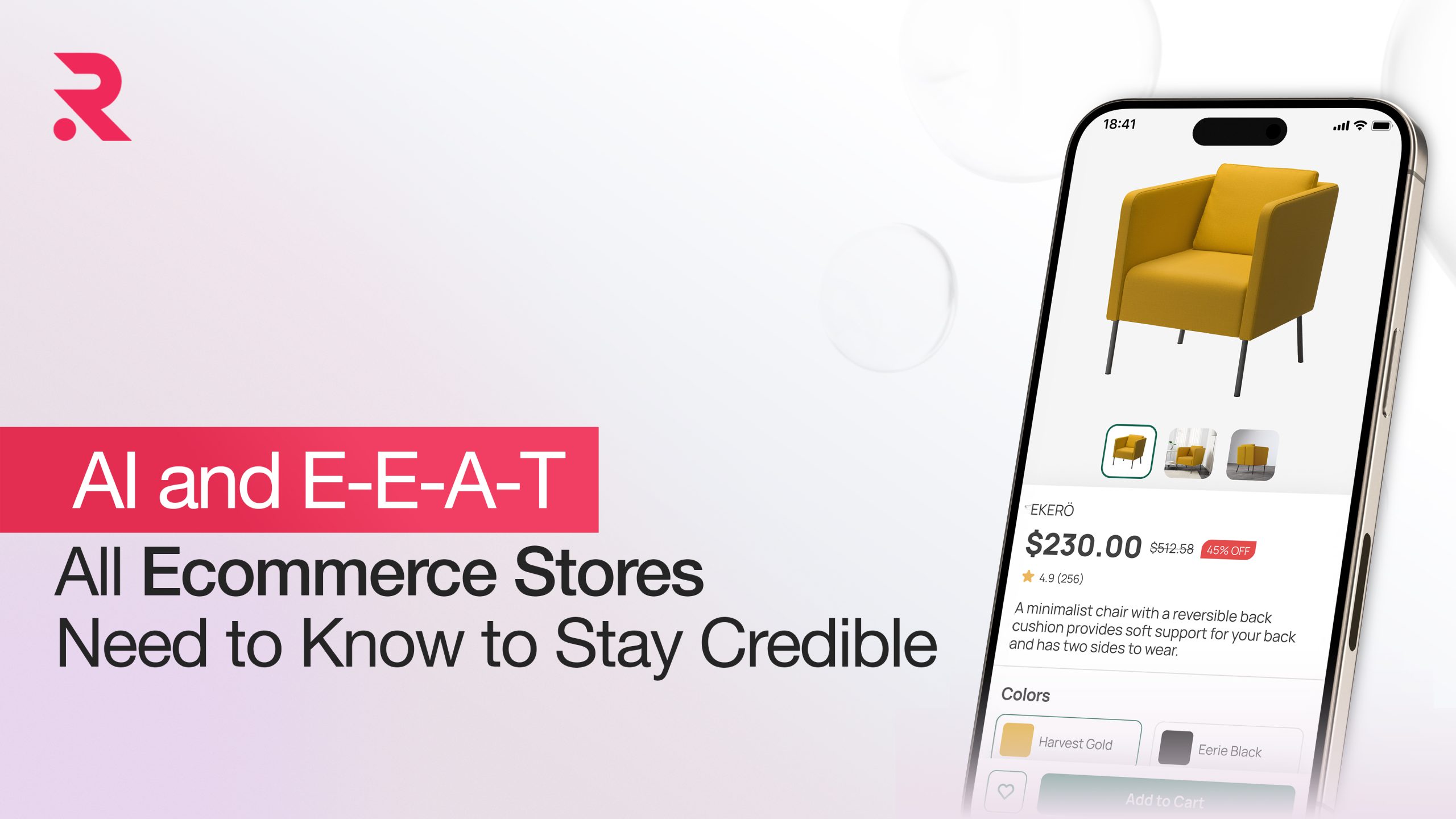SXO in 2025: From Clicks to Conversions Through UX
Unlock the future of digital marketing. This article shows you how to move away from just getting clicks and start making real business results. You will learn the framework of Search Experience Optimisation that brings together SEO and user experience to help you get ahead in 2025.
- August 14, 2025
- by Tarun
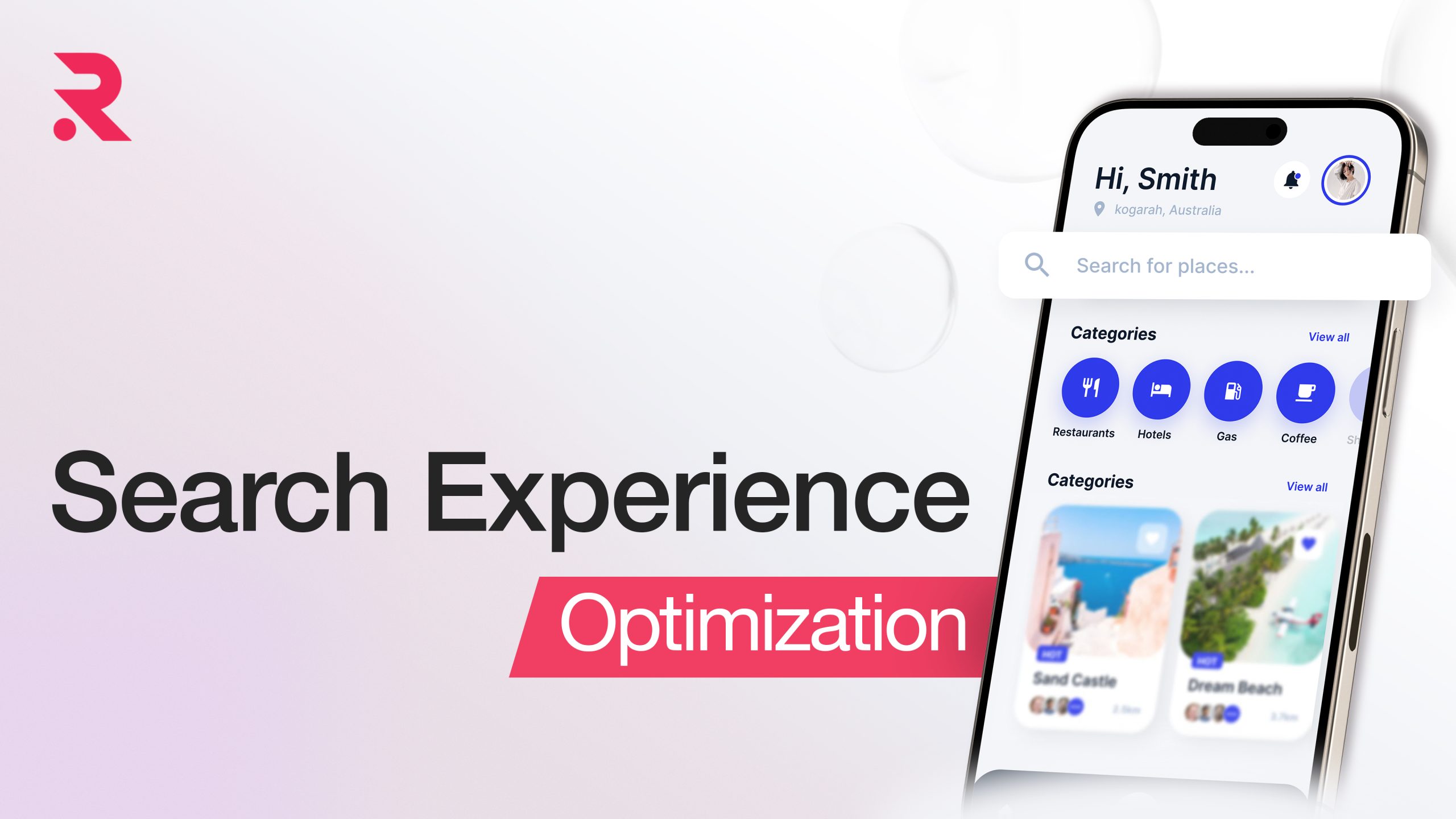

The Shift from Search Engine Optimisation to Search Experience Optimisation
For many years, digital marketing has been focused on one main thing. That is, Search Engine Optimisation (SEO). The goal was clear. It was to get the highest spot on a search engine results page (SERP). Businesses spent a lot on keywords, getting links, and fixing websites. All of this was to be seen by more people. These things helped get more clicks, but they did not ask the main question. What happens after someone clicks? Getting a high spot is not great if the person sees a slow or confusing page and leaves right away. If that happens, the click is wasted. There could have been a new customer, but now that chance is gone.
The digital world in 2025 appears to be quite different. What search engines do with the help of strong AI is much more than they used to. They have become very good at judging whether viewers are pleased with a page. They will not only check what the page is about. They also check how people use it. This change means SEO alone is not enough now. A new time is here. Now, people must use a bigger plan called Search Experience Optimisation (SXO).
Understanding Search Experience Optimisation (SXO)
To really get why Search Experience Optimisation matters, you need to see how it connects to old-style SEO. SEO is not out of date. It is actually a big part of a bigger plan. You can look at it as an easy way to do well in today’s digital world.
SXO = SEO + UX (User Experience) + CRO (Conversion Rate Optimisation)
Let’s break down this equation:
Search Engine Optimisation (SEO)
This is where you begin. The work you do here helps search engines find and read your website. You need to find the right words, fix things on your pages, check that everything works well on your site, and also secure trustworthy links thereof from other locations. SEO helps people get to your website.
User Experience (UX)
This talks about how a person feels when they use a website. It looks at some important things that stand out on the site. Is it simple to get around the site? Does it load fast? Is the content easy to read and set up well? Can people use it fully on their phones? A good user experience means that when people get to your site, they find it smooth, easy, and enjoyable.
Conversion Rate Optimisation (CRO)
This is about helping visitors become people who buy something or sign up. It is about making it easy for users to do what you want. You may want them to buy a product, fill out a form, or sign up for a newsletter. Conversion Rate Optimisation (CRO) helps to build trust between you and the people who visit your site. It works by showing clear calls-to-action. This also means making sure there are no problems that might stop people from finishing what you want them to do.
While SEO aims to bring people to a website, Search Experience Optimisation looks at every step the user takes. It starts when someone makes a search and lasts all the way until they take action on your site. Google and other search engines now give a higher rank to pages that offer a good experience for users. Things like how long people stay on your page and how many leave after seeing only one page now matter a lot. These numbers are more than just data. They tell search engines if your website is helpful and matches what people want. If your website gives a poor experience, it shows the search engines that people did not find what they were looking for. This can hurt your rank over time.
The Three Pillars of Search Experience Optimisation Strategy
A good SXO framework has three parts that work together. If you do well in one area but forget about the others, you will not get big results. To get the best outcome, all three parts need to work well together.
Deep User Intent and Absolute Content Relevance
The first thing to do in any Search Experience Optimisation work is to know what your audience wants. Every search someone does has a meaning behind it. This meaning usually falls into one of three groups:
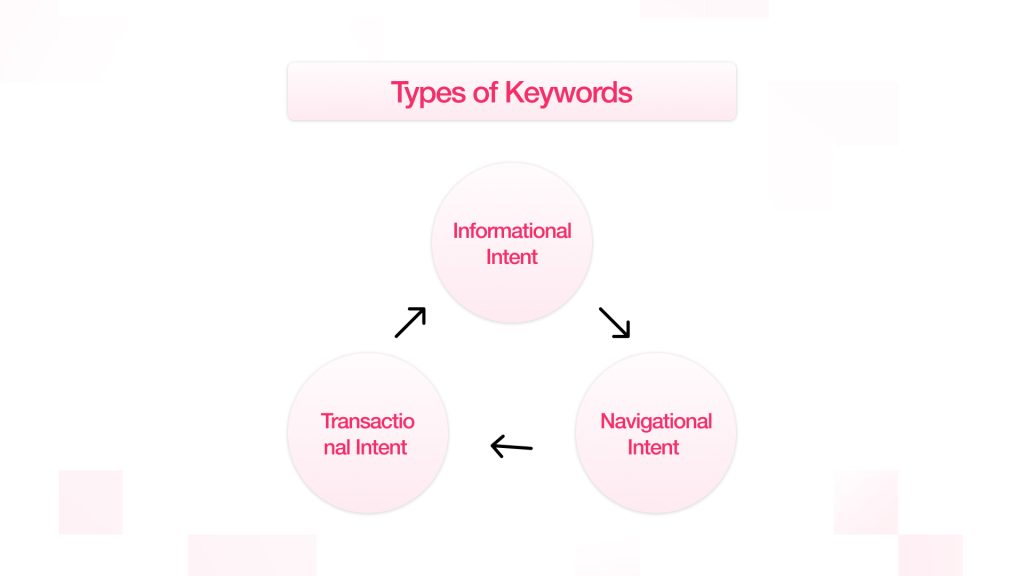
- Informational Intent: People with informational intent want to find answers to their questions. You may have it when you look for something, like how to fix a leaky faucet. This type of intent is there when you need info about a topic or to learn how to do something.
- Navigational intent: The person wants to go to a certain website or page. For example, they might type “YouTube” or “LinkedIn login” to get to the right place.
- Transactional Intent: The user wants to buy something or do some other action to get a product or service. The words in these questions often have things like “buy,” “deal,” or “discount” in them.
Your content needs to match what the user wants. If a person looking for info ends up on a page that only tries to sell them something, they will leave. On the other hand, if someone wants to buy something and they get to a long, hard-to-read article, they will get upset.
To achieve this alignment, you must:
- Keyword Research: Do not stick to single words. Look for longer keywords and real questions. This is how people usually search online.
- Make High-Quality Content: Your content needs to be the top answer for what the user wants. You should give a lot of good information. Cover the topic from different sides.
- Solve the User’s Problem: In the end, the content should help the user. It needs to give a way to fix a problem, answer a question, or show them what to do next.
Need SEO guidance and support to boost your website rankings?
Our Experts Can Help!
Flawless User Experience (UX) and Technical Performance
A better user experience is a must in Search Experience Optimisation. It does not matter how good your content is. If the experience on your site is bad, people will leave. You need to pay attention to a few key things:
- Page Speed and Core Web Vitals: Website loading speed is very important for ranking and for good UX. Google’s Core Web Vitals measure how fast a site loads, how it responds when people use it, and how steady it looks on the screen.
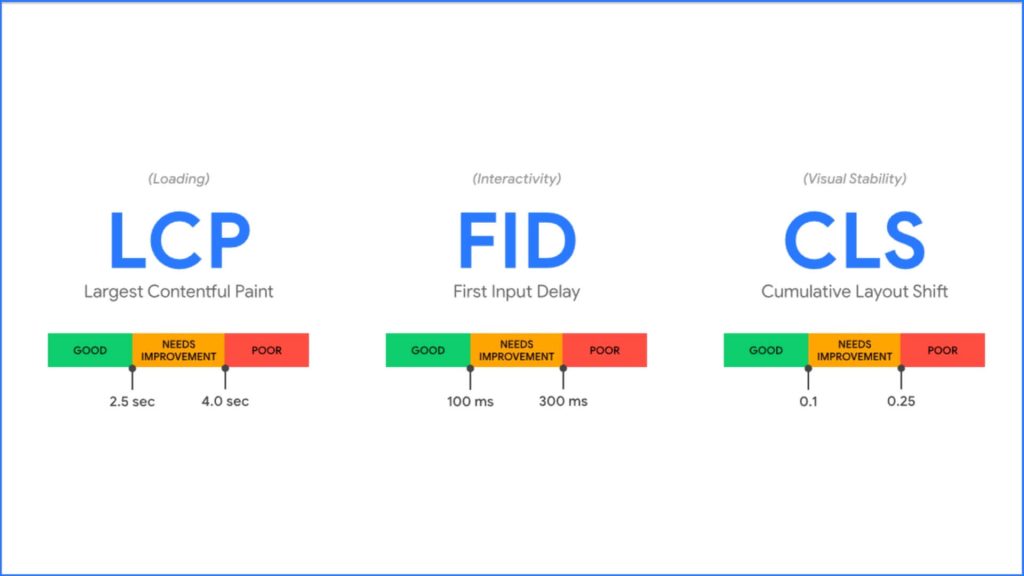
- Largest Contentful Paint (LCP): How long it takes for the main part of your page to show up. Try to get LCP to load in 2.5 seconds or less.
- First Input Delay (FID): This checks how fast your page reacts when a user first clicks or touches something. You should try to keep FID at 100 milliseconds or lower.
- Cumulative Layout Shift (CLS): This checks for sudden changes in the page layout while it loads. A low CLS means the page stays steady and feels the same as you look at it. This gives all people a steady and easy time on the site.
- Mobile-First Design: Most people now use their phones to visit websites. So, your website needs to work well on small screens. Make sure to use a layout that changes to fit any device. Use buttons and links that are easy to tap with a thumb. Pick large, clear fonts so people do not have to zoom in to read.
- Easy Navigation and Site Structure: People should be able to get what they want without much work. A good site layout, clear menus, and useful links inside the site help users and search engine bots move around your site.
Frictionless Conversion Rate Optimisation (CRO)
The last part of Search Experience Optimisation is all about turning the people who are interested in your site into buyers. CRO helps with this step. It makes sure people can do what you want on your site in an easy way.
- Clear Calls-to-Action (CTAs): Your CTAs need to be easy to see, clear, and catch people’s eye. Tell people what step to take next. Use words like “Download the Guide,” “Request a Consultation,” or “Add to Cart.”. Tell the user what you want them to do.
- Trust Signals: Show people that they can trust you by using trust signals. You can do this when you add customer reviews, show what others say, use security badges if you have a shop online, share case studies, and list any professional certificates you have. This will help your audience see that you are reliable. will help people know that they can count on you.
- Simplified Processes: Look at your conversion funnels and see how they work. Take out anything that you do not need. Make it simple. If the checkout or forms are too long or hard, people will not finish them. This can stop people from buying or signing up.
Not Seeing Results from Your CRO Strategy? Here are 7 Reasons Why this could be.
Implementing and Measuring Your Search Experience Optimisation Strategy
Changing to a Search Experience Optimisation way of thinking needs a clear plan. You have to use data to guide what you do.
Conduct a Comprehensive Audit
Start by looking at your website to see how it works for both search engines and users. You can use Google PageSpeed Insights to see and check your Core Web Vitals. Use analytics tools to find out which pages have a lot of people leaving or not spending much time. Heatmaps and session recording tools will help you see the way people really use your main pages. By doing this first check, you can find the best ways to make your website better.
Foster Cross-Team Collaboration
SXO is not something that one person can do alone. It needs teamwork from your SEO specialists, UX designers, content creators, and web developers. Everyone should have the same idea about what your goals are. It is important to keep the user experience as a top priority in all the digital marketing work you do.
Measure What Matters
Focus on traffic generation over time. You have to throw away that thought and start thinking about what metrics can best represent user engagement and satisfaction. The key things to watch, called key performance indicators (KPIs) for Search Experience Optimisation, are:
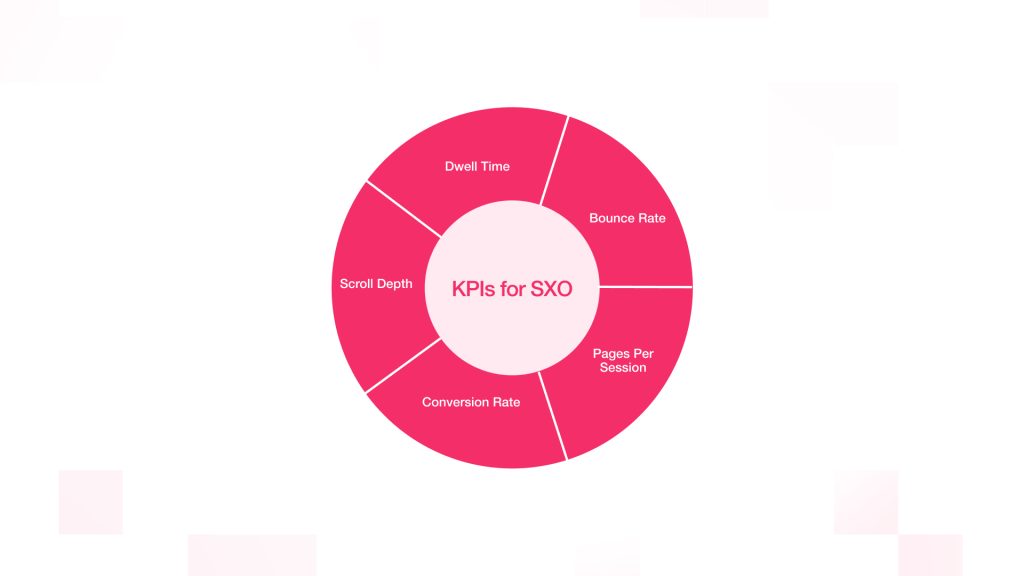
- Dwell Time: It is the amount of time that a user stays on a page before they go back to the search results.
- Bounce Rate: This is the percent of people who go to the site and then leave after looking at only one page.
- Pages Per Session: This tells you the average number of pages people see when they go to the site in one visit.
- Conversion Rate: This shows the percent of people who do what you want them to do.
- Scroll Depth: This shows how far people go down on a page when they scroll.
By watching these numbers, you will get good ideas about what is going well and what needs to be better.
Conclusion
The digital marketing world is now at an important point. It is no longer just about being number one. Now, the main goal is to give users the best experience. Search Experience Optimisation is here to stay, and it is not just a trend. The way we do digital marketing keeps changing. Users get many choices, and search engines are smart enough to know what is good.
By tearing down the walls between SEO, UX, and CRO, you can make a plan that works well together. This plan will help you bring in the right people, keep them interested, and lead them to become customers who stick with you. The way to move forward is simple: think first about your users. Try to know what they want, answer their questions, and give them a good experience on your site. Always work to make them trust you. In 2025 and later, brands that get really good at Search Experience Optimisation will not just get by. They will be the ones that do well and grow.
 Shopify
Shopify
